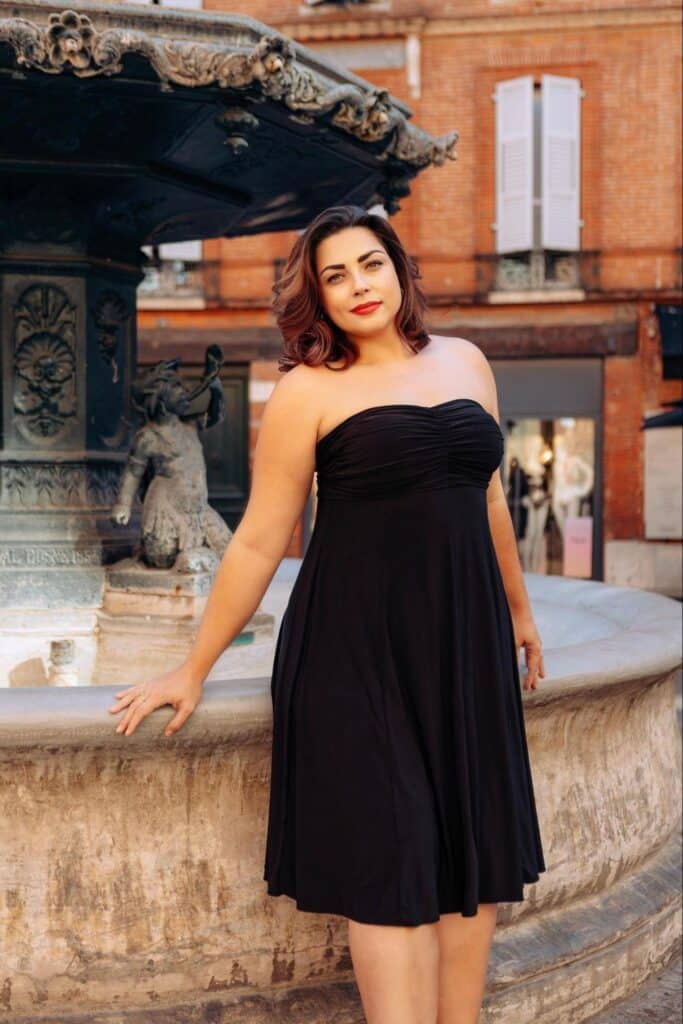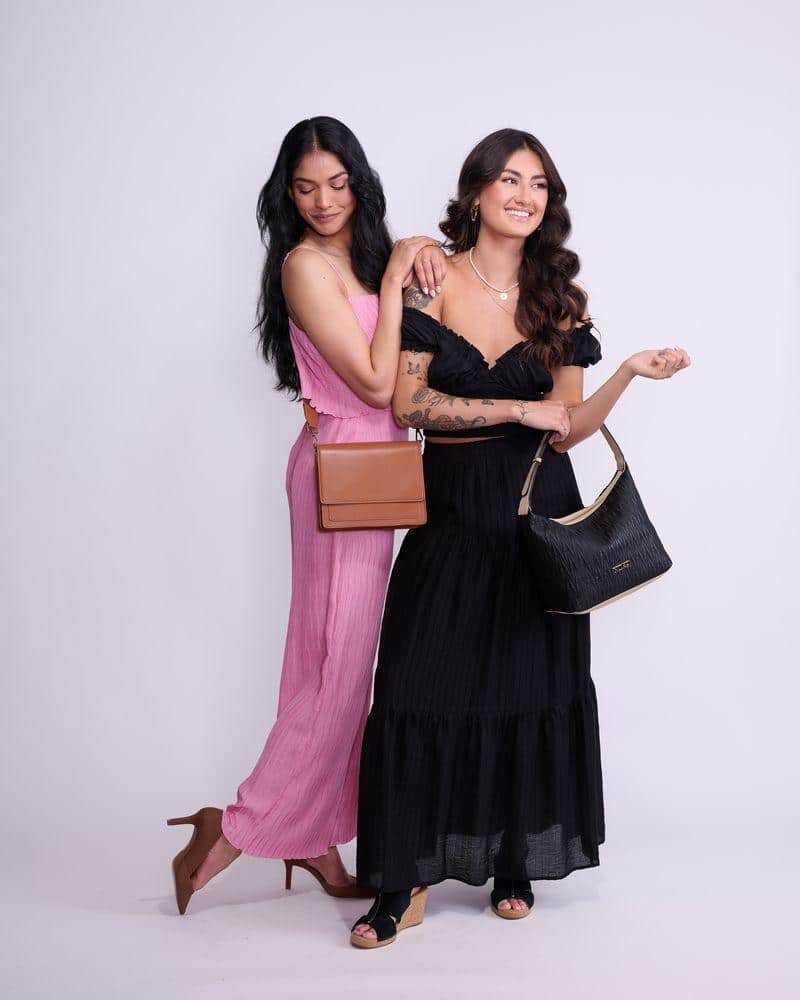By: Seraphina Quinn
As the demand for sustainable fashion grows, innovative designers and brands are leading the charge by creating products that are not only stylish but also environmentally conscious. Eco-fashion today goes beyond using organic cotton or recycled polyester; it includes groundbreaking ideas such as multi-way clothing and next-generation materials that offer sustainable alternatives to traditional, resource-intensive fabrics. Designers like Diane Kroe and brands like No. 49 are at the forefront of this movement, showcasing how innovation can drive sustainability in fashion.

Photo Courtesy: Designer Diane Kroe
Designer Diane Kroe is known for slow fashion clothing that can be worn in multiple ways
Multi-Way Clothing: Versatility Meets Sustainability
Diane Kroe, a Canadian fashion designer, exemplifies the essence of innovation in eco-fashion with her multi-way clothing designs. These pieces are designed to be worn in multiple styles, offering a range of looks with just one garment. This versatility not only appeals to travelers and minimalists who value space-saving solutions but also plays a significant role in reducing material waste. By investing in a single piece that can serve multiple functions, consumers can significantly lower their consumption, leading to less textile waste and a smaller environmental footprint.
Kroe’s multi-way clothing is crafted from luxurious, wrinkle-resistant fabrics, ensuring durability and longevity. Each piece is made-to-order in Canada, a practice that further reduces waste by avoiding overproduction. Even deadstock (normally unusable scrap fabric) is used for items such as scrunchies. This combination of versatility and responsible production methods highlights how fashion can be both innovative and sustainable, offering consumers eco-conscious choices without sacrificing style.

Photo Courtesy: Eco Fashion
No. 49 Handbags is a leading sustainable handbag brand
Next-Generation Materials: A Sustainable Alternative
In the realm of next-generation materials, brands like No. 49 are making strides in offering alternatives that are sustainably superior to traditional animal-derived materials. No. 49, founded by Rosanne Wood, is renowned for its use of innovative materials such as apple leather and Raffia, which are chosen not only for their aesthetic appeal but also for their reduced environmental impact.
Apple leather, made from the by-products of the apple juice industry, is a prime example of how waste can be transformed into high-quality, sustainable fashion. This material requires significantly less energy and water to produce compared to traditional leather, making it a more eco-conscious choice. Additionally, Raffia, derived from the leaves of the Raffia palm, is biodegradable, lightweight, and highly durable, offering a sustainable option that aligns with the brand’s commitment to reducing environmental harm.
No. 49’s approach to material sourcing exemplifies how innovation in fabric technology can provide sustainable alternatives to conventional materials that are often resource-intensive and environmentally damaging. By embracing these next-generation materials, No. 49 sets a new standard for luxury fashion that is as sustainable as it is stylish.
The Future of Eco-Fashion
The future of eco-fashion lies in the innovative approaches of designers and brands who are rethinking how fashion is made and consumed. From Diane Kroe’s multi-way clothing that promotes versatility and reduces waste to No. 49’s use of next-generation materials that minimize environmental impact, these pioneers are showing that fashion can be both sustainable and chic. As consumers become more aware of the importance of sustainability, the demand for such innovative and eco-conscious products is likely to grow, driving the fashion industry towards a more sustainable future.
Published by: Martin De Juan









